All images courtesy of Carl Elizondo
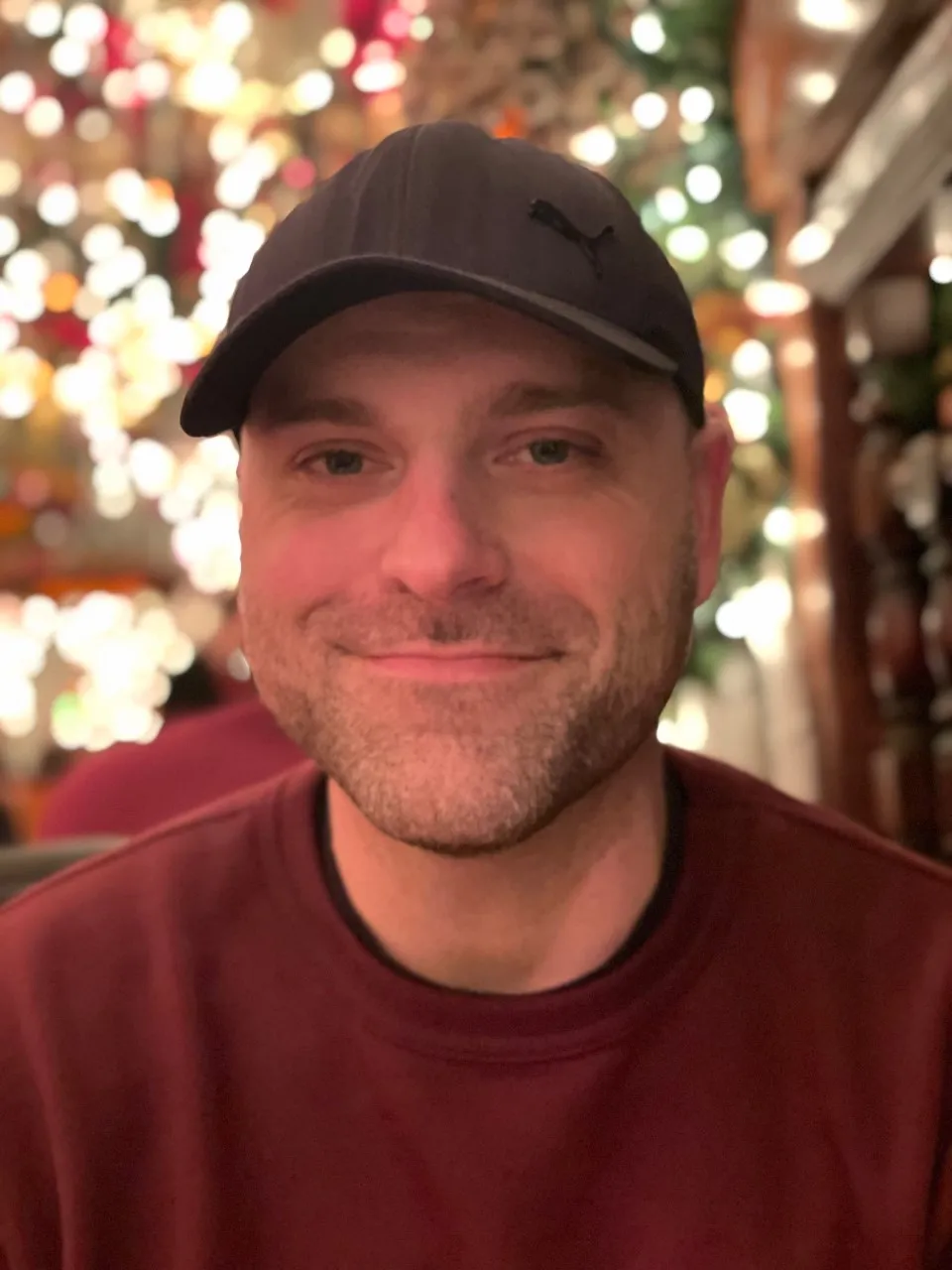
By Andrew Daly
andrew@vinylwriter.com
In the 1980s, the Sunset Strip was a hotbed. Amidst the chaos, and debauchery, there was a deep-seated layer of superb musicianship brimming to the top, and overflowing with grandeur.
Amongst this bustling scene, was throwback drummer Carl Elizondo, who as a member of The Greg Leon Invasion, SIN, and Jag Wire, proved an integral piece to the 80s glam metal bubble, which unfortunately burst before Elizondo and his cohorts could claim their portion of the lion’s share.
In the wake of three near-misses with SIN and Jag Wire, Elizondo would be offered a gig with W.A.S.P. and an audition with Ozzy Osbourne. While he ultimately passed on W.A.S.P. and missed out on Ozzy, one thing was clear, Elizondo’s hard-hitting, yet low-key impact left a permanent impression from, if nothing else, a historical perspective.
From his home in Nevada, Elizondo recently ran through his memories of the 1980s rock scene, as well as his various trials, tribulations, and triumphs.
Andrew:
As a burgeoning musician, take me through some of your early leanings which gravitated you toward music.
Carl:
I have always been drawn to music, my father was a singer in a band in the early 50s and I believe I got my love for music from him. As a hypoactive child, I have always had a hard time staying still, and in my youth, my brother and I would jam along to records, he on a guitar and me on a conga, the closest thing I could get to a drum set at the time, so playing a physical instrument fit in with my need to move. I always watched the music shows in the 60s on TV like The Real Don Steele, etc. I really loved the idea of becoming a musician, in fact, I put all my efforts into becoming a professional musician. My folks were not keen on the idea so to buy my first drum set I had to convince a family friend to co-sign a loan for me, she did and I bought my first kit. I played alongside records for hours on end, usually 4-9 pm every day, and at the time had the most glorious blisters to prove it, boy I was proud of them.
Andrew:
What were some of your earliest gigs where you first cut your teeth?
Carl:
I was in a few high school bands, “The Mystics of Wizard” and others but my first real gig was playing with Chris Holmes (W.A.S.P.) Roger Renick & Don Peterson in SLAVE, we were mostly a Black Sabbath type band playing parties around the Pasadena area, Ed Van Halen was a good friend to the band and even borrowed Chris’ Marshal cabinets for Van Halen gigs. From there I went on to the Greg Leon Invasion. This was a pretty successful band playing all over So. Cal and the San Gabriel Valley. We were fortunate enough to record a single and an album which I am very proud of. GLI opened for Metallica at the Whisky A GoGo, which was a fantastic gig. From there I went on to gig with Razu, playing college frat parties as well as The Starwood and Gazzaris in Hollywood.
Andrew:
Paint a picture for us of the early 80s Sunset Strip scene. What are some of your most vivid, and wildest memories?
Carl:
The Sunset Strip in the 80s was electric, there were always people walking going from club to club with bands playing seven days a week. The lesser-known bands played during the week and bands like The Greg Leon Invasion, Guns N’ Roses, or Mötley Crüe played on the weekends. One of my fondest memories was when I was in Jag Wire and our manager rented a limo for us to go to The Rainbow Bar & Grill, as we spilled out of the limo onto the sidewalk, laughing and spitting up four beer, some girls walked by and one screamed there’s Carl James! In The Rainbow, the management played our album over the speaker system (as well as other local bands). Many bands show up to The Rainbow as it was thee hang, i.e. Scorpions, Deep Purple, Van Halen, etc. and we commenced to drinking and partying all night until closing.

Andrew:
You were a member of SIN, which was a very underrated band. Take me through you joining that band.
Carl:
I was contacted by Vince Gilbert I believe to come and audition for a band in Downey Ca. I have always been compared to Cozy Powell or John Bonham, and that was the type of drummer they were looking for and I happened to fit right in, to me it was a perfect match. We rehearsed long and hard as the 80s hair metal was just taking off in Hollywood. Along with Vince on Keyboards was Howard Drossin on guitars, Rik Fox on bass, and Art Deresh on vocals. I thought we were a fantastic band, and we were playing all over Hollywood and getting great reviews. We recorded a picture disc that we distributed ourselves, and it created quite the buzz we were looking for.
Andrew:
How and why did SIN eventually morph into Jag Wire? What prompted the name change and rebranding?
Carl:
At some point, there came a rift between Rik and other band members, over some management issues and probably creative differences, but it was bad enough for Rik to split with the band. I always liked him but after he left, he started speaking badly of me, which I never understood, I’m sure he was hurt and upset with us. Apparently, Rik had the copyright to the name SIN, so we came out with S.I.N. (sex in numbers), but after a while, a name change was suggested and Jag Wire was settled on. About this time we got a manager, and he hooked us up with a small record label, so recording was the next step.
Andrew:
Jag Wire’s album, Made in Heaven, is a low-key staple of the genre as a whole. If you can, take me through the writing, recording, and reception of that album.
Carl:
The writing was usually a group effort, Howard or Vince would bring in a riff or idea, and the band would work from there. We all liked Blackmores Rainbow and other bands of that ilk, so we built the sound on those ideas. Very heavy but melodic with great musicianship. The recording was at Fiddler’s I believe, and all I remember was having sushi being brought in all the time. We recorded late at night to get off-hour rates. The recording went pretty fast as we were pretty well rehearsed having brought in Joey Cristofanilli on bass, and working all the material with him.

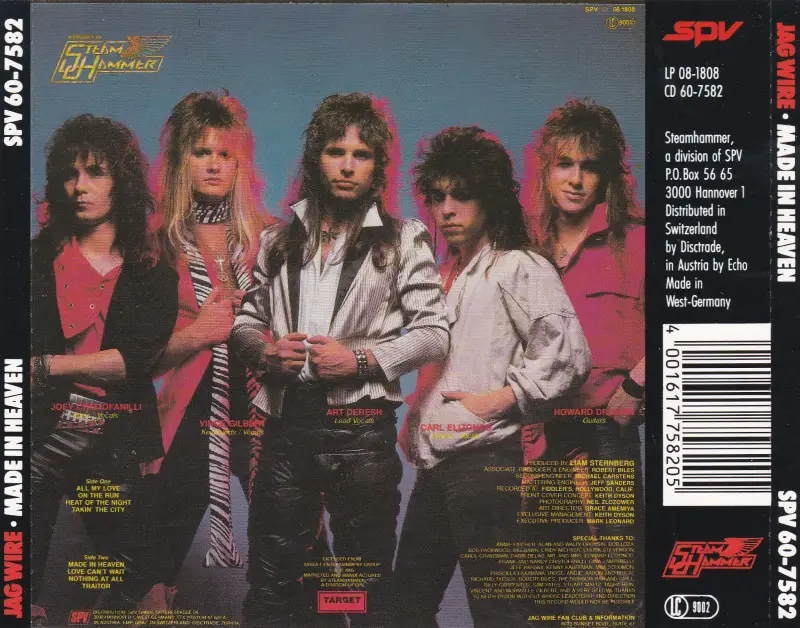
Andrew:
Ultimately, why didn’t Jag Wire hit in the same way that song of its contemporaries did? Was it oversaturation? Lack of a major tour? Label issues?
Carl:
At this time The Strip was saturated with hundreds of bands, however, we did have a great following and potential. We did some minor tours playing alongside Great White and Legs Diamond, as well as many others. I believe a lack of touring, and lack of press led the band to be glossed over. Internal issues were developing at this time as well, too many parties, too much booze, and other illicit items also derailed the boys. I have always been vocal about songwriting credits as I was in GLI, and I believe I touched too many nerves and was asked to leave the band, but at that time I was fine with it as I had just been asked to join W.A.S.P. and had scored an audition with Ozzy Osbourne through my friend Jake E. Lee. I turned down W.A.S.P. and didn’t get the Ozzy gig. Such as life.
Andrew:
Can you tell me more about the Ozzy audition?
Carl:
Sure. So, while I was in the Greg Leon Invasion, we had various members come through the ranks of the band, at this point, we had Bobby DeLellis (Eddie Money) in as our rhythm/lead guitarist, he brought a great feel to the group, I’m not quite sure why he left, others such as Kenny Kauffman also came through the group as well. During one particular vacancy, we brought on guitarist Jake E. Lee (Williams). Jake, up to this point was just starting to make a name for himself in Hollywood, he and I became fast friends and we would hang out quite a bit going to clubs, and being on the scene. Jake was a great addition to the group and we all had a great time. Jake played with GLI for a few months and all was well until Jake received a call to audition for Ozzy Osborne, which he took and landed and became a part of the group.
The Invasion continued on playing the circuit. At one point, as I said earlier, I was approached by Vince Gilbert of the band SIN to drum for them, and since things weren’t moving forward for GLI, I left to join SIN which made a decent splash in Hollywood at the time. After signing to management and being picked up by a smaller record label, we changed our name to Jag Wire and recorded our only LP, Made In Heaven. We toured the album and played the circuit. Jag Wire was a fantastic group of musicians but after a few years, I left the group as we weren’t moving in the direction I thought we should be.
Late one night I received a call from Jake to see if I wanted to audition for Ozzy as they needed to replace ailing Randy Castillo, but the only catch was I only had three days to prepare for it. That was it! Well, I figured I’d take the gamble and drive to tower records just before midnight and pick up the Diary of a Madman LP. Jake didn’t know what songs would be played, so I tried to learn as many as possible. When I showed up, Jake was there at Mates rehearsal in North Hollywood along with Bob Daisley on bass. We waited for an hour and Ozzy hadn’t shown up, so we started jamming which was cool. I was very nervous and felt unprepared for this but I threw everything I had at it.
So, finally, a very inebriated Ozzy Osbourne finally shows up and we played “Over The Mountain”, “I Don’t Know”, “Crazy Train” and a few others. It’s hard to concentrate while your brain is screaming Bob Daisley and Ozzy all the while trying to nail the parts. [Laughs]. As I was packing up to go home I could see other drummers filing in to audition. At the time I was very young looking and felt that looking too young (around these older-looking blokes) may have done me in. I’ve always been grateful to Jake for the opportunity.
Andrew:
Why did you ultimately turn down W.A.S.P.?
Carl:
Back in ‘77, I joined a band named Slave, out of Pasadena, Ca. That consisted of Roger Rennick (vocals), Don Peterson (bass), and Chris Holmes who was the best guitarist I had seen since Ed Van Halen and myself. We played the party circuit around Pasadena/Altadena area. What was cool was Ed Van Halen would hang out with us a bit and use Chris’s cabinets for the shows they played. Fast forward nine years and Jag Wire was playing two sold-out shows at the Troubadour in West Hollywood. During the first show, I noticed my old guitarist Chris Holmes and Blackie Lawless in the crowd and they were watching me mostly, it was strange. After the first show, Chris and Blackie walked me outside of the club and down the street to discuss my time with Jag Wire and simply said, “Would you leave to join W.A.S.P.?” By this time W.A.S.P. was known for having a revolving door of musicians and that was the first thing that came to mind, however, I asked the guys to let me think it over and they said sure. Jag Wire had just dropped their album and things were moving fast with bookings, shows, limos, and all of the great trappings of being in a band. A few days later I called Chris and said thanks for the invite but I couldn’t take it, he wasn’t too happy but understood and that was that. I did wonder if I had taken up the offer, where my life would be today. I’m one of those who don’t live with regrets, it is what it is.
Andrew:
The 90s was a particularly tumultuous time for 80s rockers. Looking back, what are your thoughts on the changes which swept across the scene around that time?
Carl:
After I left Jagwire, I met back up with my bass player from RAZU and we formed Heroes in Love. This was the late 80s and was the perfect blend of hard rock and melodic sounds. We rehearsed and giggled all around the San Gabriel Valley up through ’93, and the band seemed to lose its way when the main songwriter left the group to move back home. So as far as tumultuous, no, we were busy gigging, however, I did see the hair metal genre dying out, and many of those bands fell by the wayside.
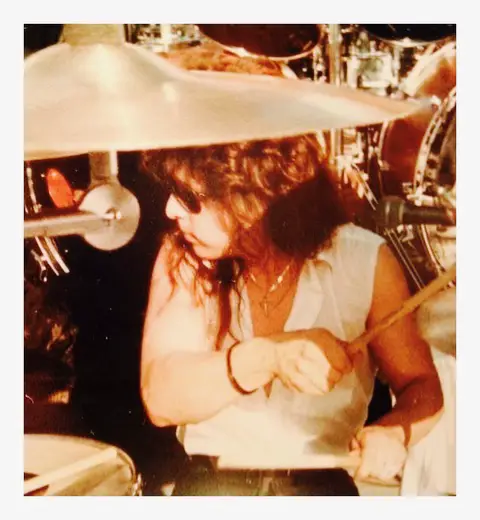
Andrew:
What led to the reissue of the self-titled Greg Leon album, which was changed to Guitars, Cars, and Women?
Carl:
Well, it was probably a marketing thing. The album was done in 1983 as a picture disk titled The Greg Leon Invasion. It was re-released in 2010 as Guitars Cars & Women. It was a fantastic time for both of us, even though we did hook up with a rather unscrupulous manager that seemed to derail us.
Andrew:
It seemed that you had tremendous chemistry with Greg. Why didn’t you continue to work together moving forward? Will we see you two record together in the future?
Carl:
I have only had magic chemistry with two musicians in my life, one was Bob Loza (Razu) and the other was Greg Leon. With Greg, we got on well and had so many laughs, I really considered him my brother. We always had the same goal in songs and the band direction as well. Where things got rocky was as we were ready to record our first album, I found out that Greg and I had different ideas on the intricate specifics of each song on the fourth coming album at the time. This turned into a major disagreement between the two of us, and I believe that ruined the camaraderie between the two of us. Much time has passed and we are just fine now. I would love to work with him again in the future, as we do have great chemistry, and I still consider him a dear friend.
Andrew:
Pushing forward, take me through the inception of The Royal Union Of Architects.
Carl:
The inception of The Royal Union Of Architects came out of songwriting credits, or lack thereof. As I wanted to continue to play music, and the only way I could guarantee songwriting credits was to write the songs myself, which I had been contributing to in the other bands but with no recognition. This was a daunting task of taking the helm of my own ship as there was no one to blame poor songwriting or musicianship on, but myself.

Andrew:
You’re working on a new album, Gentlemen Of The Finest Order, right? Tell us about the record.
Carl:
As with my prior seven albums, I write, play, record, and produce all of the songs myself, which is a lot of work. After the demise of Heroes in Love, I took several years off to learn guitar, bass, and keyboards with this project as the final result. I usually lay down drum tracks with the song playing in my head, then go on to lay down guitars, keys, bass, and finally, vocals all recorded in my Soundesign Studio V.C. here in Nevada.
Andrew:
As you’ve moved forward in your career, how have you progressed as a songsmith? What’s changed, and what’s led you to this musical point in your journey?
Carl:
While I was the drummer for the aforementioned groups, I studied the way the songs were put together, in RAZU, it was like going to songwriting school and watching these masters of the craft put together a song. I quietly watched and listened, took notes, and learned proper songwriting. Now doing this yourself is quite hard as I have no one else to bounce ideas off of so I just go with my gut as to what sounds good. I feel my original complaints back in the day regarding songwriting credits were justified as I have penned over ninety published songs to date.
Andrew:
What’s next for you in all lanes, Carl?
Carl:
I have just released Gentlemen of the Finest Order this spring (2022), and I am currently in the studio working on my ninth release scheduled for August 2023. If anyone is interested in my project, that information can be found via my webpage.

– Andrew Daly (@vwmusicrocks) is the Editor-in-Chief for www.vwmusicrocks.com and may be reached at andrew@vinylwriter.com
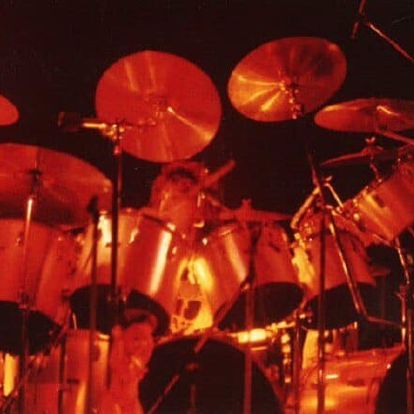
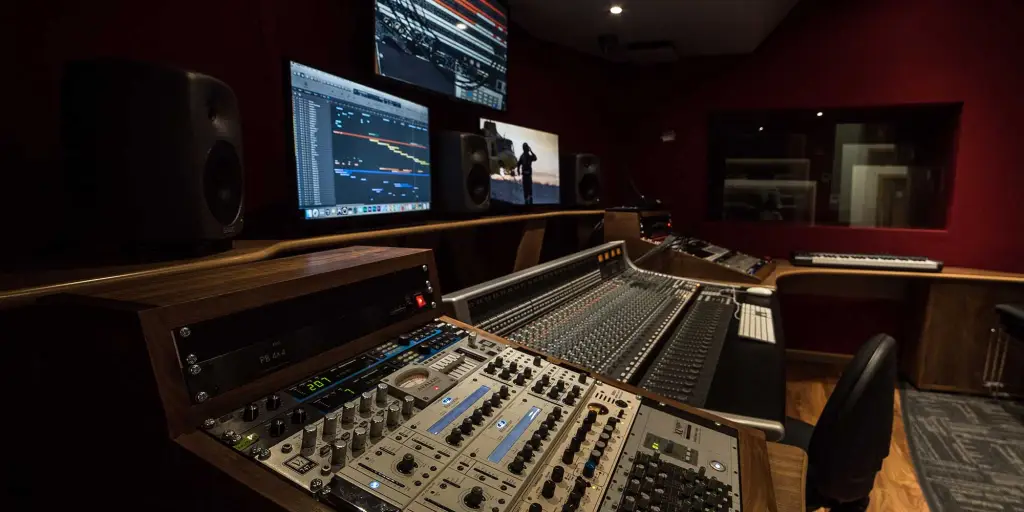

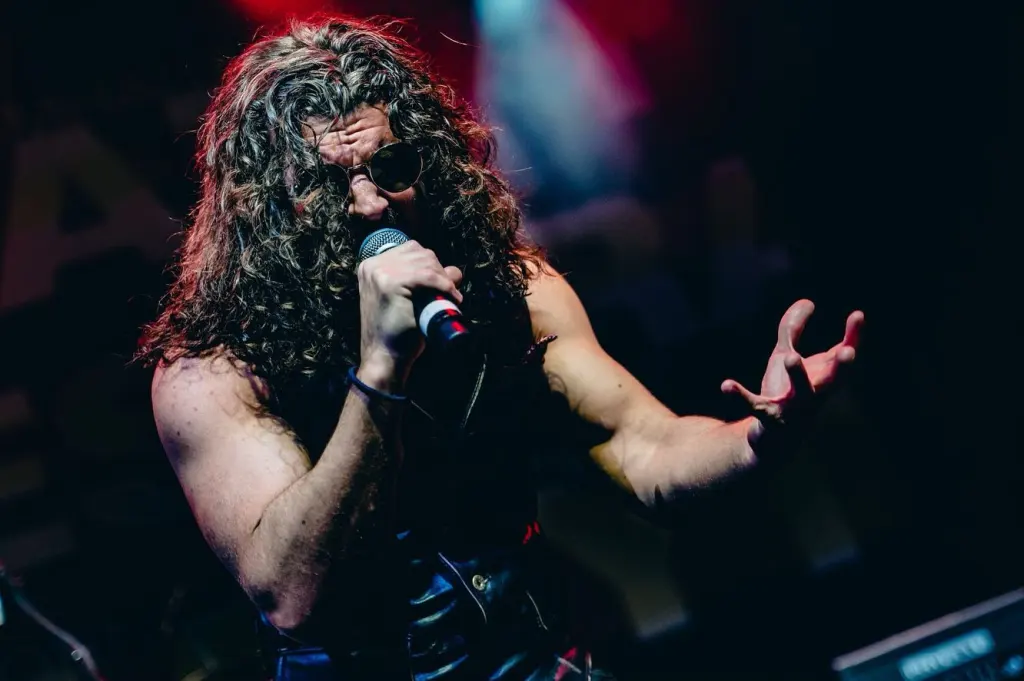
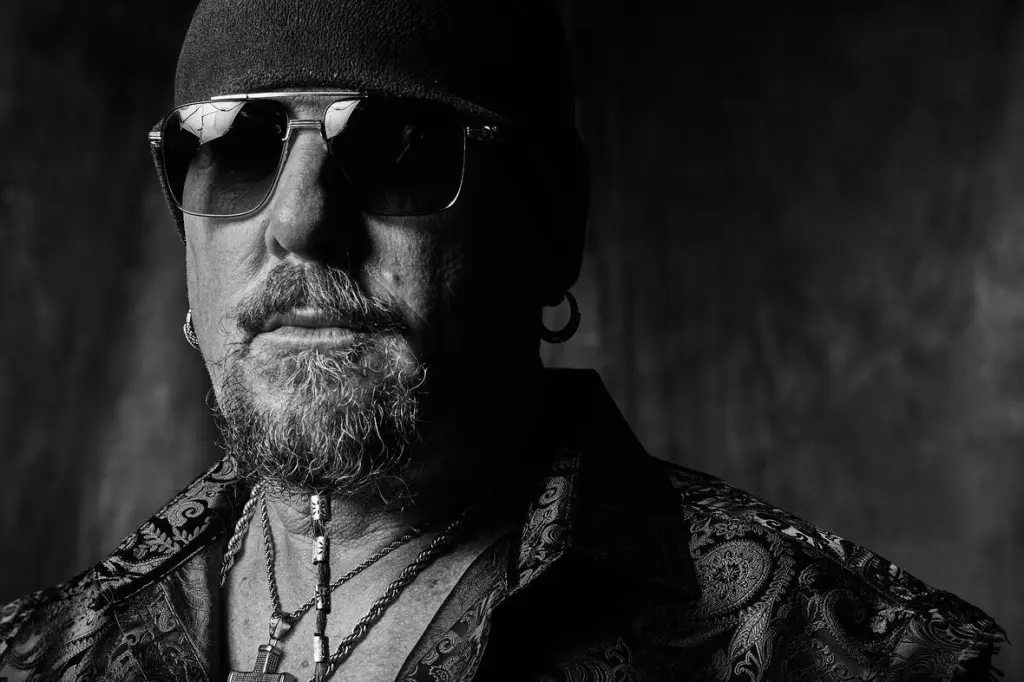
Leave a Reply